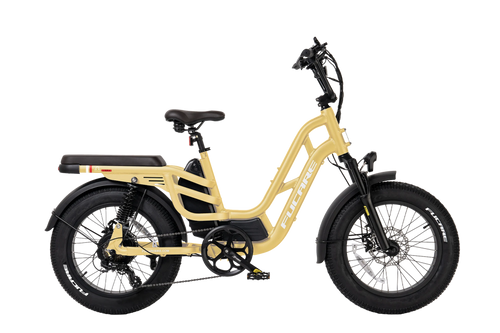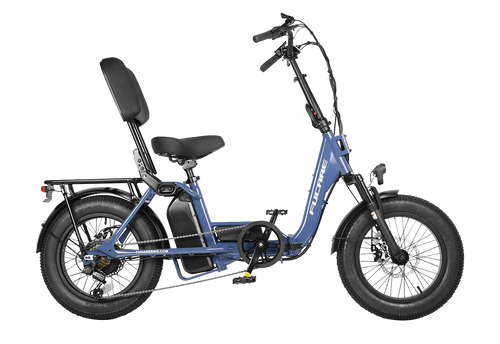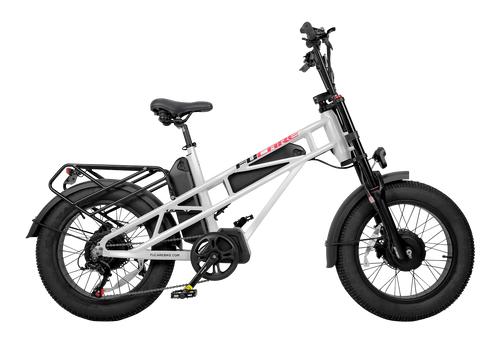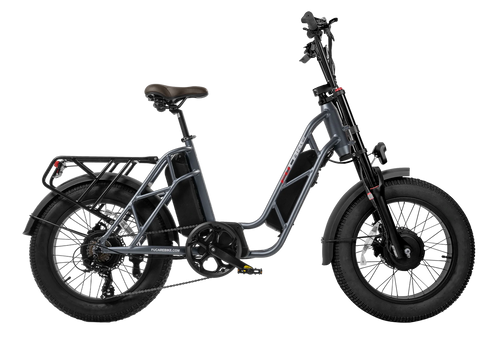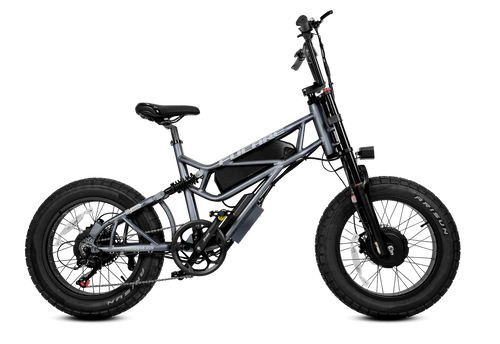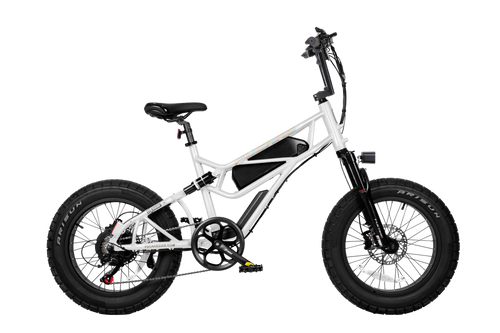Are Electric Bikes Safe? A Comprehensive Guide to Electric Bike Safety

The burgeoning popularity of electric bikes has undeniably revolutionized urban transportation. Offering a blend of eco-friendliness, efficiency, and convenience, these two-wheeled marvels have captured the hearts of commuters and leisure riders alike. Yet, amidst the excitement and environmental benefits, a critical question persists: Are electric bikes safe?
The short answer is yes, electric bikes are generally safe when used responsibly. It is important to wear a helmet, follow traffic laws, and ride defensively.
In this article, we will delve into every facet of electric bike safety, providing an in-depth analysis that covers various aspects including design, regulations, maintenance, and rider practices.
Factors Influencing Electric Bike Safety
Electric bike safety is shaped by a complex interplay of various factors, each contributing to the overall risk profile of e-bike usage. Key elements include rider behavior, the design and technology of the e-bike.
Rider Behavior: The Human Element
Rider behavior is the most crucial factor in determining electric bike safety. Regardless of technological advancements, the way a rider interacts with their e-bike is fundamental to avoiding accidents.
Proper training is essential, equipping riders with the skills needed to handle their e-bikes confidently and safely. This includes understanding the unique dynamics of e-bikes, such as their acceleration, braking, and balance.
Adhering to traffic laws is non-negotiable, as it ensures that riders are predictable to other road users. Developing defensive riding skills—such as anticipating the actions of drivers, pedestrians, and other cyclists—further enhances safety, allowing riders to avoid potential hazards.
Electric Bike Design and Technology
The design and technological features of an electric bike significantly impact its safety. Modern e-bikes come equipped with advanced safety features, such as high-performance braking systems, integrated lighting, and stability control mechanisms, all designed to reduce the risk of accidents. These innovations help riders maintain control in various conditions, from urban environments to rugged trails.
However, it is crucial for consumers to select e-bikes that meet recognized safety standards. E-bikes should undergo rigorous testing to ensure they can withstand the demands of regular use while maintaining their safety features over time.
Common Safety Hazards and Mitigation Strategies
Several safety hazards are commonly associated with electric bike use. Understanding these risks and implementing appropriate countermeasures is vital for promoting a safer riding experience.
Speed-Related Risks
Electric bikes often come with enhanced speed capabilities compared to traditional bicycles. This increased speed introduces specific risks that require cautious handling.
Riders should be particularly vigilant at intersections where the interaction with motor vehicles is frequent. It's also crucial to be aware of pedestrians and other cyclists, especially in crowded areas.
Adhering to local speed limits is a fundamental safety practice. Additionally, maintaining a prudent following distance ensures enough reaction time to respond to sudden changes in traffic conditions or road hazards.
Battery Safety
The lithium-ion batteries used in electric bikes are powerful but come with their own set of safety concerns. If these batteries are not handled correctly or become damaged, they can pose serious risks such as fires or explosions.
To mitigate these dangers, it’s essential to buy e-bikes from well-established manufacturers who comply with rigorous safety standards.
Regular inspection and maintenance of the battery, along with following the manufacturer’s guidelines for charging and storage, are critical to ensuring battery safety.
Avoid using third-party chargers or accessories that may not meet the required safety standards.
Theft Prevention
Due to their higher value, electric bikes are more susceptible to theft compared to standard bicycles.
To protect against theft, riders should use high-quality, durable locks that are resistant to tampering.
Additionally, registering the bike with local authorities or bike registration programs can provide an added layer of security. Considering theft insurance can also be a prudent measure to safeguard against potential losses.
Parking in well-lit, secure areas and using multiple locking mechanisms can further reduce the risk of theft.
Common Misconceptions About Electric Bike Safety
E-Bikes are Just Like Regular Bicycles
While e-bikes share a frame, two wheels, and pedals with traditional bicycles, the similarities end there. The integration of an electric motor significantly alters the riding experience.
E-bikes offer increased speed, torque, and weight, which demand a heightened awareness of safety protocols. Riders must adapt their riding style to accommodate these differences and understand the implications for stopping distances, handling, and overall control.
E-Bikes are Dangerous and Prone to Accidents
When used correctly and maintained properly, e-bikes are not inherently more dangerous than traditional bicycles. The key to safe e-bike riding lies in responsible behavior, proper maintenance, and adherence to local regulations.
When riders prioritize safety, wear appropriate protective gear, and respect traffic laws, the risk of accidents can be significantly reduced.
However, it's crucial to recognize that e-bikes are capable of higher speeds than traditional bicycles, and riders must adjust their riding habits accordingly.
Conclusion: Are Electric Bikes Safe?
Electric bikes can be a safe and enjoyable mode of transportation when used responsibly. By understanding the unique aspects of e-bike safety, maintaining your bike, and adopting safe riding practices, you can significantly reduce the risks associated with e-bike use. Whether you're commuting to work, exploring new trails, or simply enjoying a leisurely ride, prioritizing safety will ensure that you make the most of your e-bike experience.
Continue reading

Can Electric Bikes Go Uphill?






